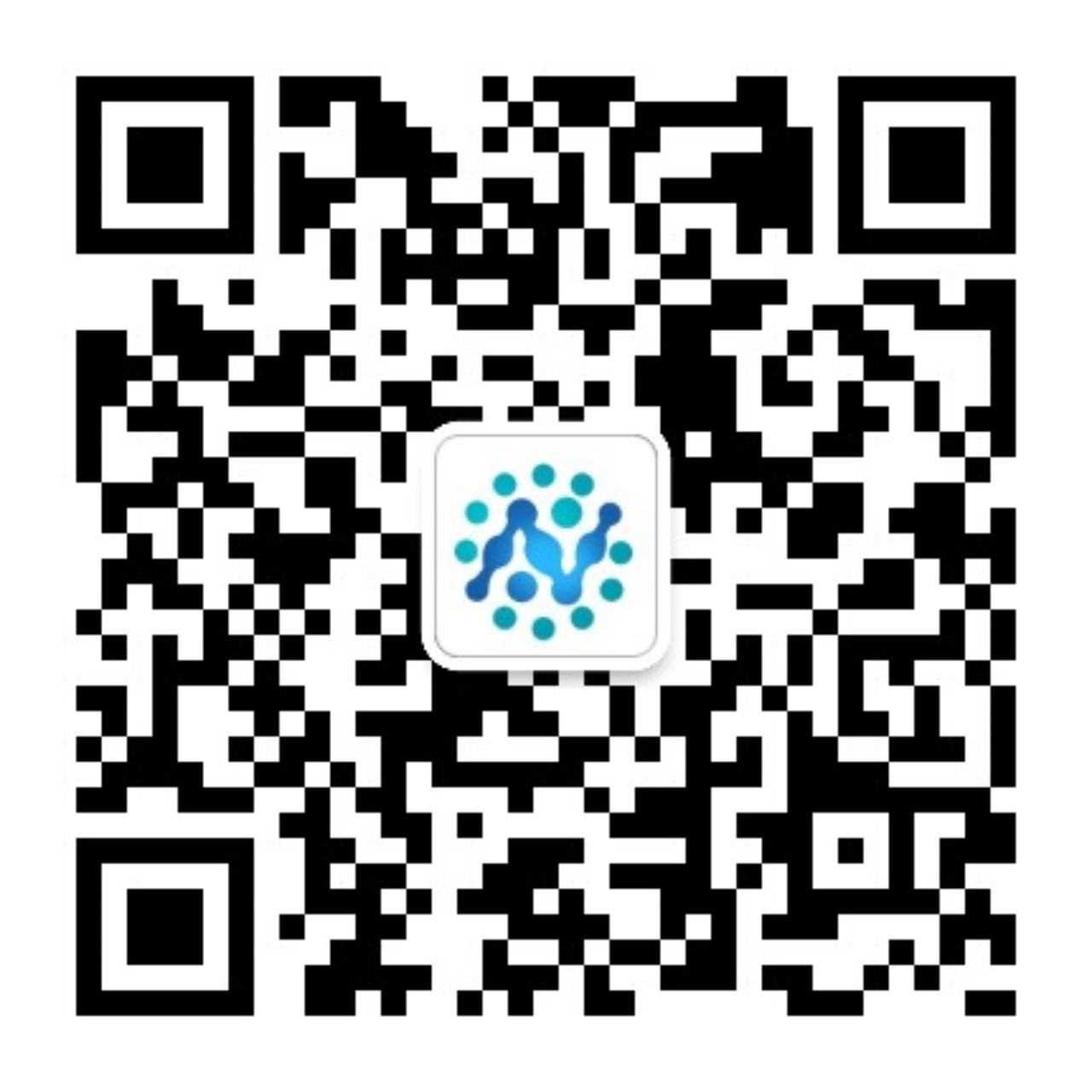形式 |
CD3 (Cluster of Differentiation 3) is a complex of proteins that associates directly with the T cell antigen receptor (TCR) (1). Antigen binding to the TCR leads to IL-2 secretion via activation of a tyrosine phosphorylation pathway and a phospholipase C (PLC) pathway, in turn activating protein kinase C (1,2). CD3 is composed of five invariant polypeptide chains that associate to form three dimers. The five invariant chains of CD3 are labeled gamma, delta, epsilon, zeta, and eta. The zeta chain plays an important role in coupling antigen recognition to several intracellular signal-transduction pathways (3). Loss of the zeta chain results in the synthesis of unstable TCRs (4). The reversible phosphorylation of tyrosine residues is an important mechanism for modulating biological processes such as cellular signaling, differentiation, and growth, and if deregulated, can result in various types of cancer (5).
|
復(fù)溶 |
1. Weiss, A., et al. Sem. Immunol. 3: 313
2. Siegel, J.N., et al. Sem Immunol. 3: 325
3. Irving, B. A., and Weiss, A. (1991) Cell 64, 891-901
4. Minami, Y., Weissman, A.M., Samelson, L.E., and Klausner, R.D. 1987.Natl. Acad. Sci. USA. 84:2688-2692
5. Saloman AR, et al. Proc Natl Acad Sci 100(2):443-8, 2002
|
儲(chǔ)存溶液 |
T-cell surface glycoprotein CD3 zeta chain, T-cell receptor T3 zeta chain, CD247, CD247, CD3Z, T3Z, TCRZ
|



